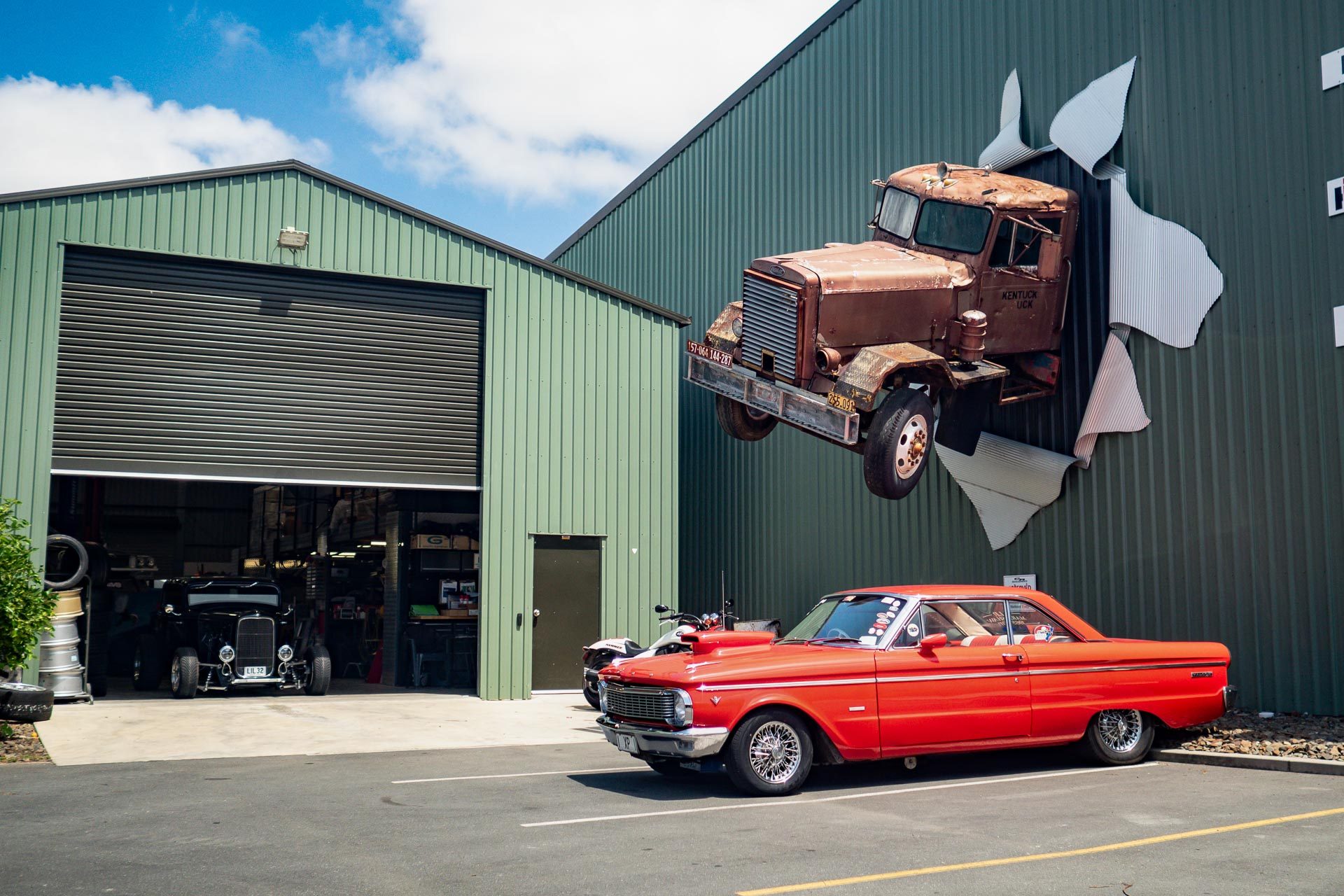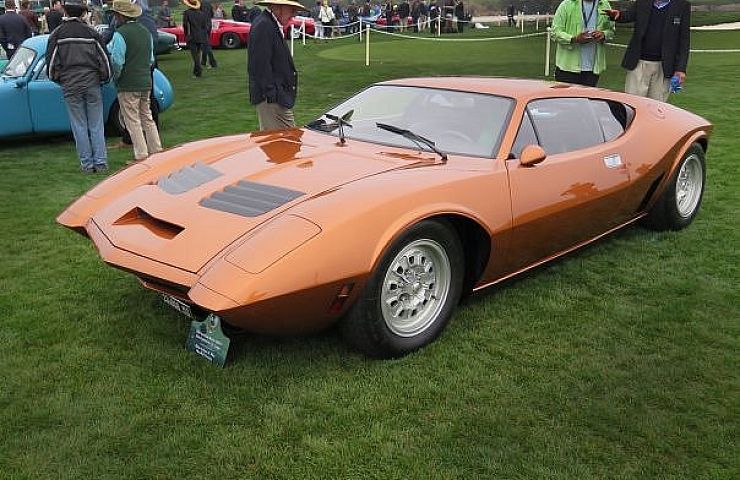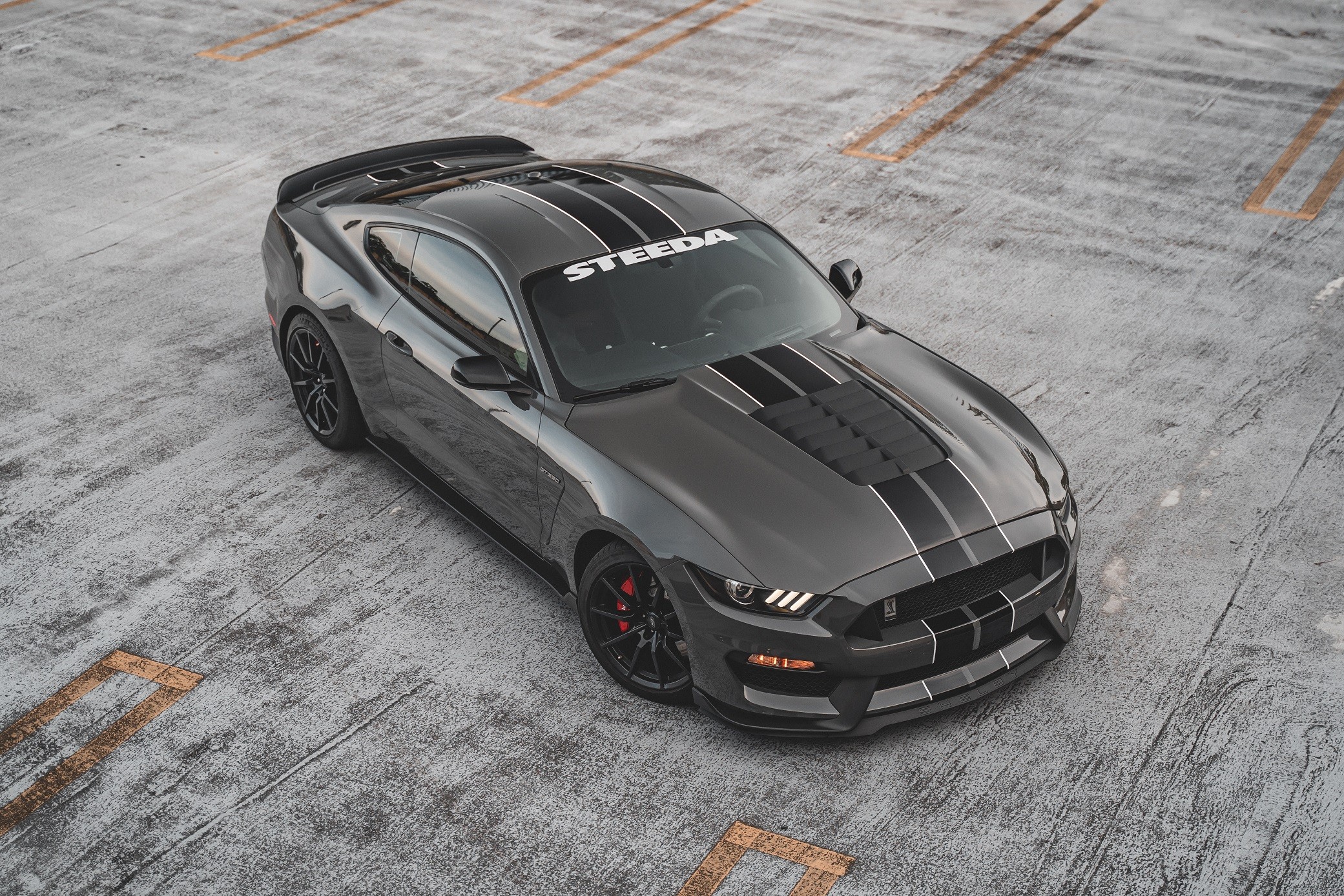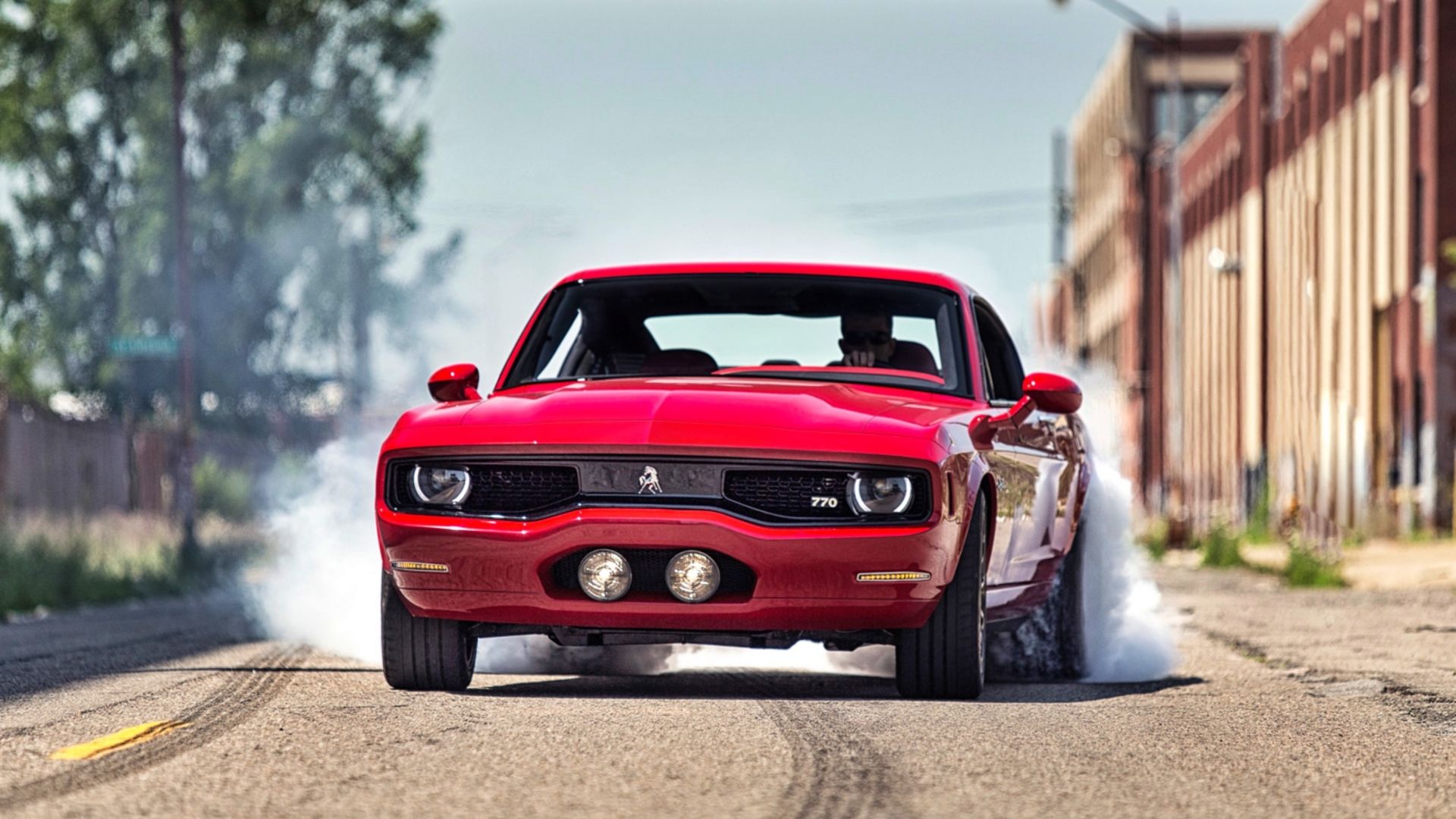Perhaps the only thing more important than quality components, is the install. By install, I mean actually correctly wiring the system, and speaker placement. An automobile is a hostile environment for accurate sound reproduction to begin with. Due to this, selecting the correct size of speakers, the ideal placement locations and angling is all the more necessary. For most, the factory speaker locations are all we are willing to work with. Others, however, are willing to cut and fabricate, etc., to create the best audio system possible.
More is not better; many enthusiasts will randomly outfit their cars with as many speakers as they can cram into each corner. What they end up with is a crisscross of conflicting frequencies, creating audio bumps and dips, and an ambiguous sound stage. Ideally, stereo sound should come from two points, and two points only. Unfortunately, no speakers exist that can be practically mounted in the front door grills or kick panels that will reproduce quality audio from 20 hz to 20 kHz. This is, of course, why we have subwoofers, mid range woofers, and tweeters. In a car, we are usually restricted to installing each speaker where it’s most practical.
A typical clean and simple install will have the mid range speakers and tweeters installed in the front doors, or kick panels (to better equalize the path lengths). Any rear speakers should just for a subtle “hall echo” effect, and the high frequency range should be cut off (ie. Tweeters), to avoid pulling the sound stage rearward. The subwoofer will go in the trunk, because that’s the only place it will fit with its enclosure. The subwoofer frequencies are difficult to tell from which direction they are coming from, so trunk placement is usually no problem.
Many premium factory audio systems brag of 8, 9, 10, 12, or whatever number of speakers. I know I said more is not better, but it can be, when professionally installed with analyzing equipment such as a “real time analyzer.” in order to achieve a flat audio curve in a hostile environment such as a car, certain frequencies may have to be boosted to create the best possible sound.
There are many things to consider when replacing or upgrading a vehicles sound system. Two things, however, should be a mainstay is the process. Keep it simple, and you get what you pay for. It’s surprising what little you need for crisp clear audio; a good install, with a very few high quality components, should be enough to keep any audiophile satisfied. A cheaper quality, overblown system, created for making maximum noise, is not what most will be satisfied with in the long run. If you require a security system consisting of cameras and security mirrors and alarms to keep your vehicle safe, because of all the “audio advertising” you been doing around town, you probably need to re-read this article. Good luck!






More Stories
Honda Civic Batam: Mobil Legendaris dengan Desain dan Performa Terbaik
Read Me Loud And Clear With The Behringer Eurolive B250D PA System
Connect an iPod to a Toyota Stereo